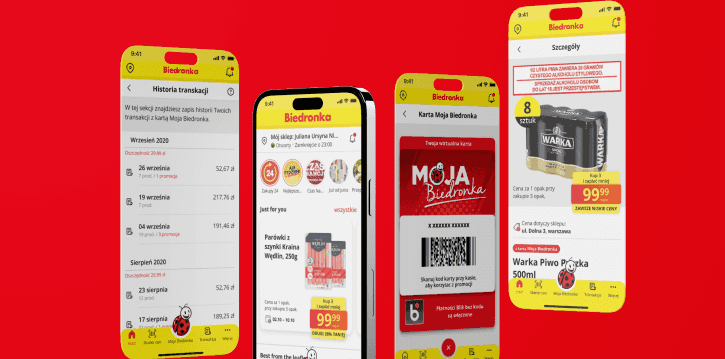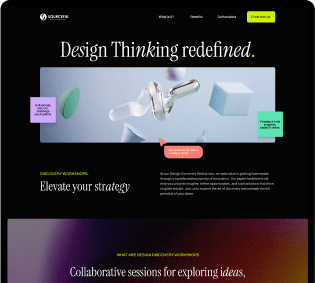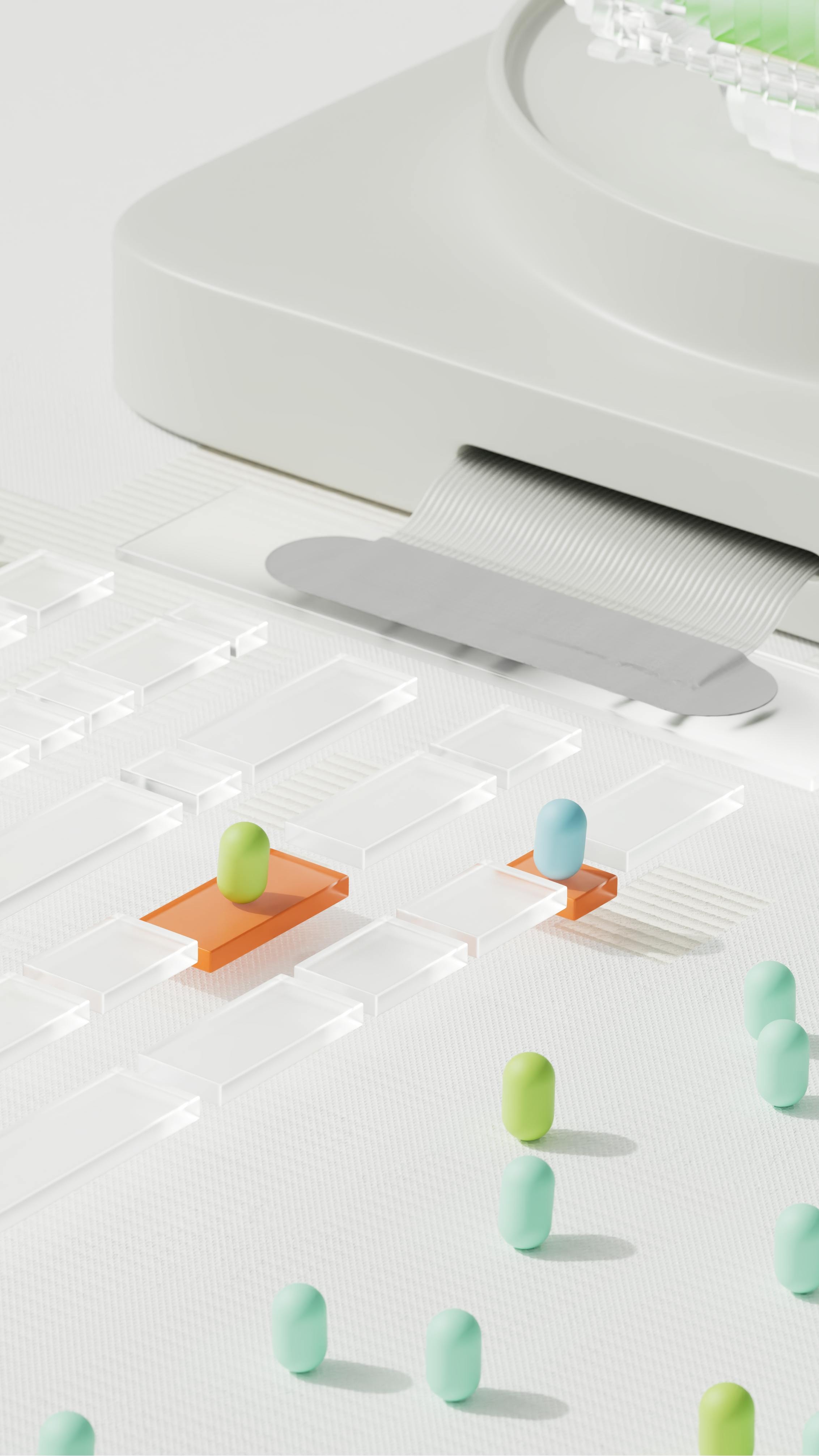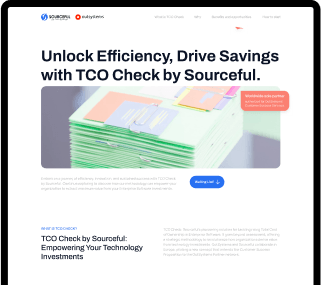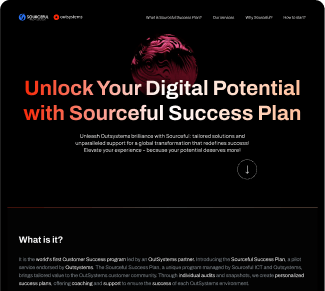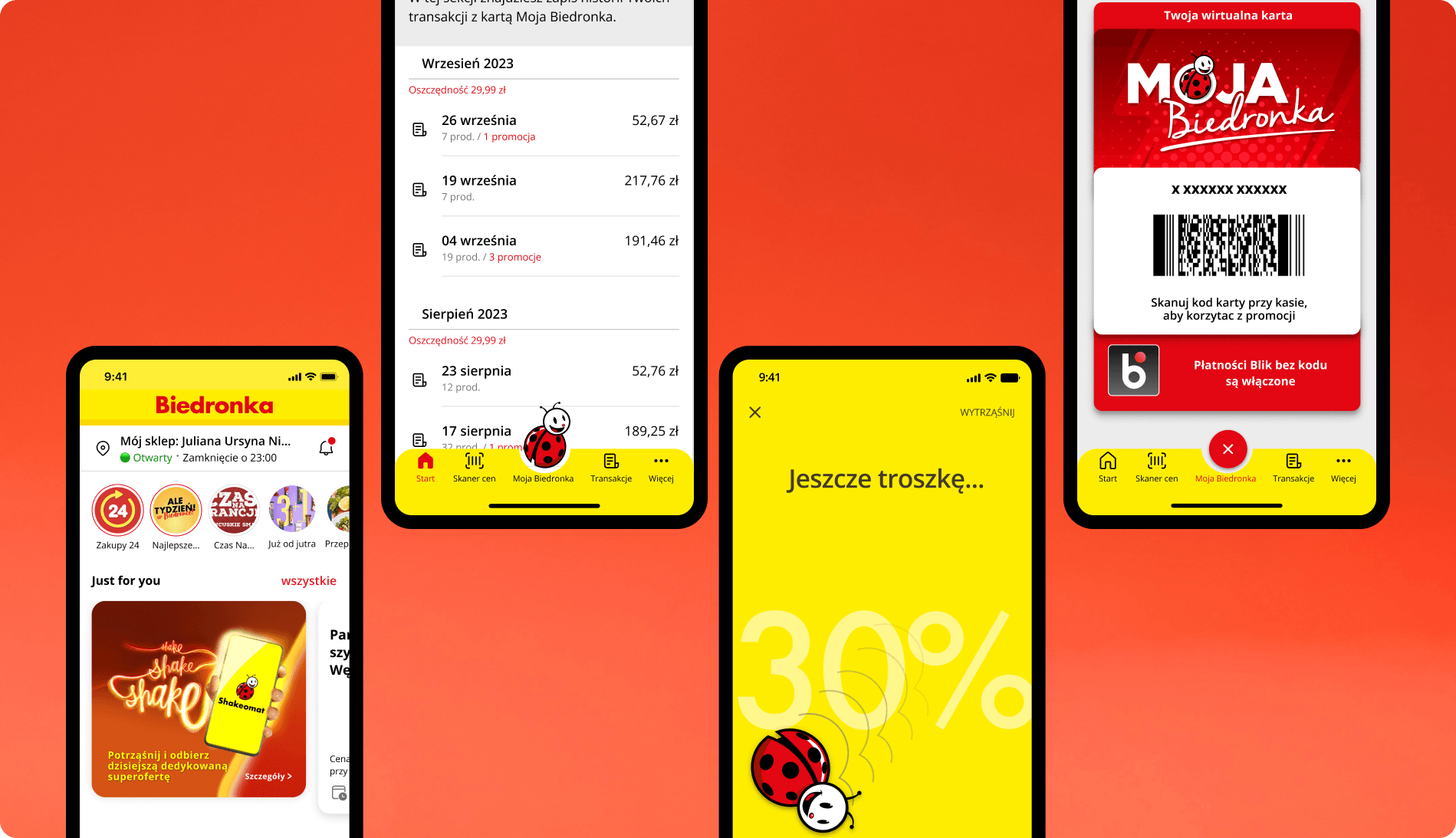

Connected Customer Experience
Business industry
Retail
Timeframes
From 2022 onwards
Looking for experts?
About this project
The technical scope was to integrate with several back-end systems and develop an orchestration back-end solution that eventually will connect with the Customer App. From the functional angle we went through the user personas and discussed with marketing what the ideas were around social media and fun elements. Deep Dive To come up with a solution, we really need to understand each step of the current process and thereafter create the first outline of the desired situation. We analyzed the data and persona flows, thereafter fine tuned the existing designs and start drafting the technical architecture to handle a load of at least 2-3 million app downloads.
Challenges
The app is very successful and reached the overall number 13 of the most popular apps in Poland, one place below TikTok. Besides a great UX, the Shakeomat is a great feature that contributed a lot to the popularity of the app. Personalization is key and works both ways, so Biedronka can see what people are interested in and also how they should anticipate with their assortment during the seasonality of the year.
Features
The app is very successful and reached the overall number 13 of the most popular apps in Poland, one place below TikTok. Besides a great UX, the Shakeomat is a great feature that contributed a lot to the popularity of the app. Personalization is key and works both ways, so Biedronka can see what people are interested in and also how they should anticipate with their assortment during the seasonality of the year.
01
Digital Shopping Lists
Users can create and manage shopping lists within the app, making it easy to plan their shopping trips and stay organized. They can add items manually or scan barcodes to quickly add products to the list.
02
Product Search and Barcode Scanner
Customers can search for specific products or scan barcodes using their smartphone's camera. This feature provides detailed product information, such as prices, nutritional facts, ingredients, and customer reviews.
03
Store Locator and Navigation
Supermarket apps often include store locators to help users find the nearest store location. In-app navigation guides customers through the store, helping them locate specific aisles or products.
04
Weekly Specials and Promotions
Customers can browse weekly specials, discounts, and promotions offered by the supermarket. The app can notify users of new deals and provide digital coupons that can be scanned at the checkout for discounts.
05
Online Shopping and Delivery
Some supermarket apps enable users to shop for groceries online and arrange for home delivery or pickup at a designated time. Customers can browse products, add them to the virtual cart, and complete the transaction within the app.
06
Loyalty Programs and Rewards
Supermarket apps often integrate loyalty programs, allowing users to earn points or rewards for their purchases. Customers can track their points balance, redeem rewards, and receive personalized offers based on their shopping history.
07
Recipe Ideas and Meal Planning
Apps may provide recipe suggestions and meal planning features. Customers can access recipes, create meal plans, and add recipe ingredients directly to their shopping lists.
08
Personalized Recommendations
Supermarket apps can leverage user data and purchase history to offer personalized product recommendations. These recommendations can be based on previous purchases, dietary preferences, or popular items among similar users.
09
In-Store Services
Some supermarket apps offer additional in-store services, such as pharmacy services, banking, or photo printing. Customers can access information, book appointments, or manage their prescriptions within the app.
10
Feedback and Customer Support
Apps often include a feedback mechanism where customers can provide ratings, reviews, or suggestions. They may also offer customer support features, allowing users to contact the supermarket directly for assistance.
